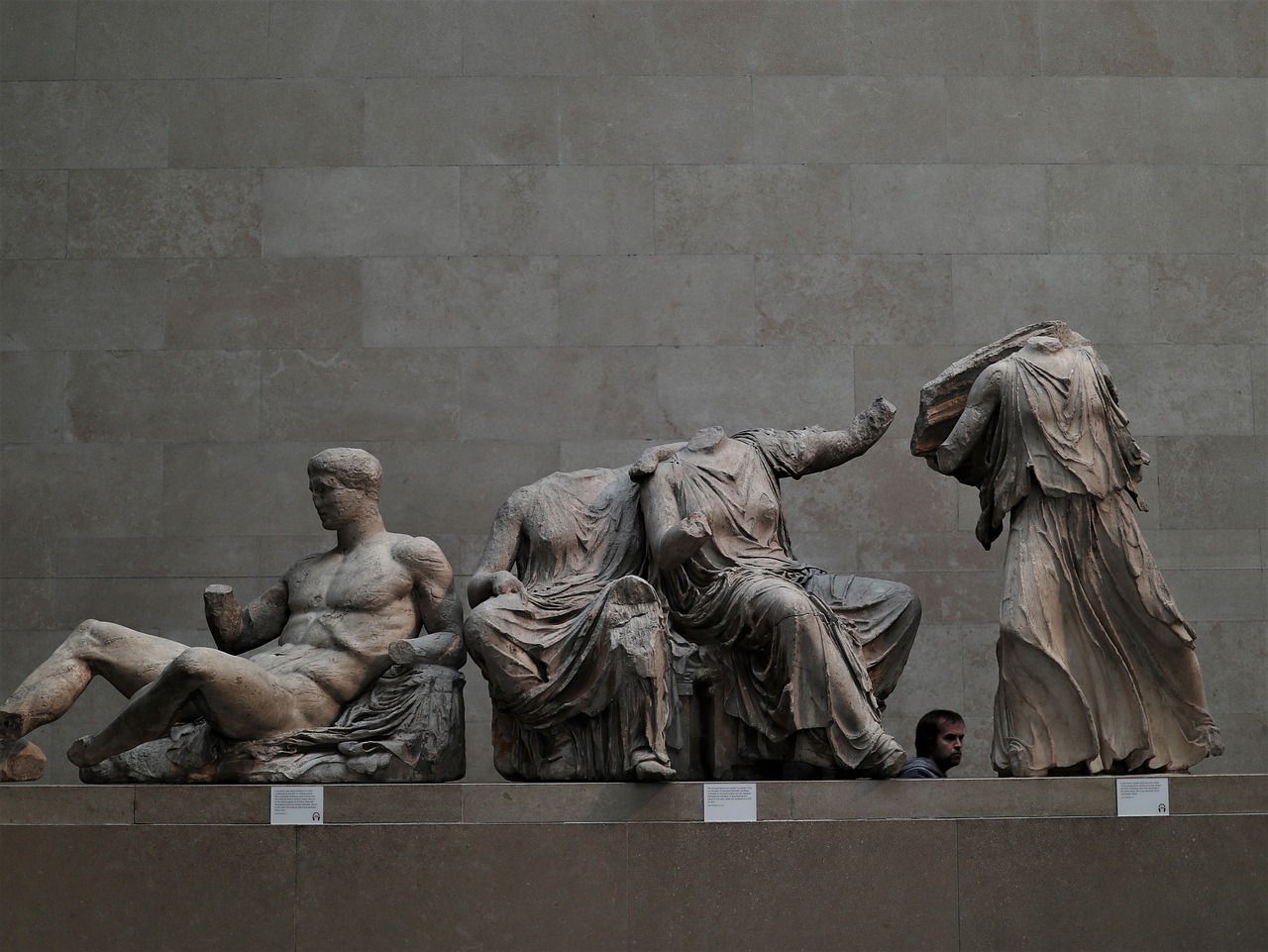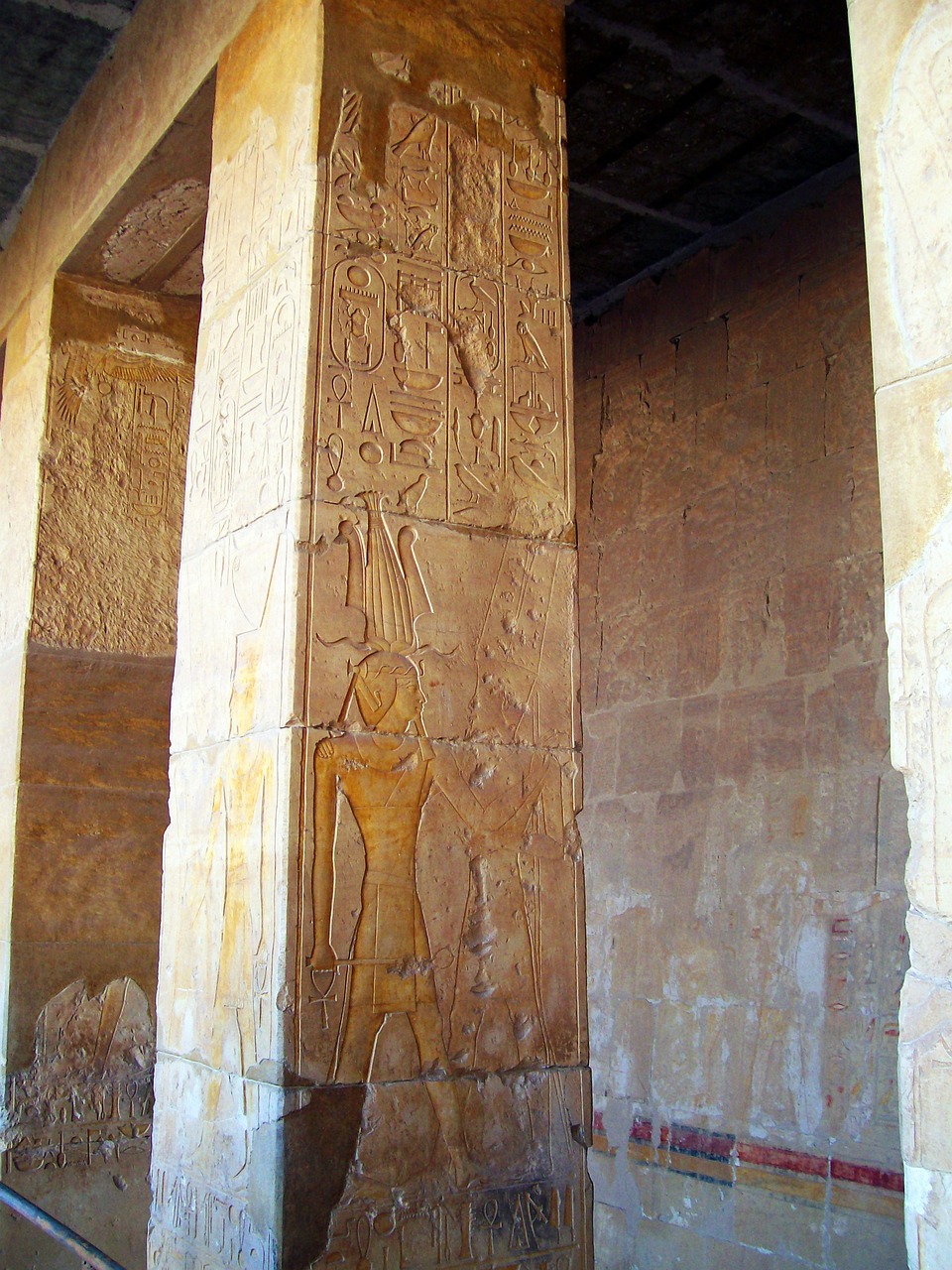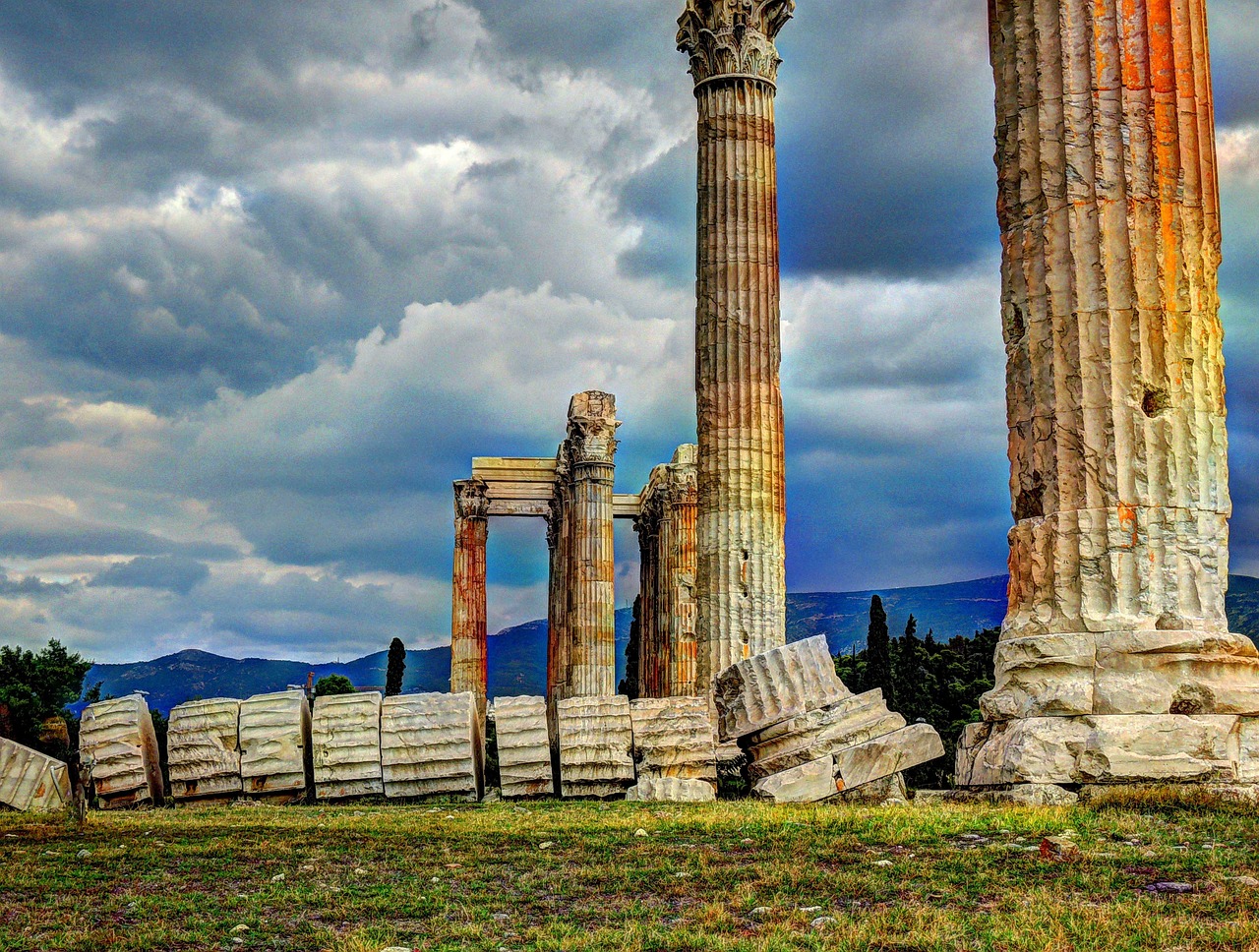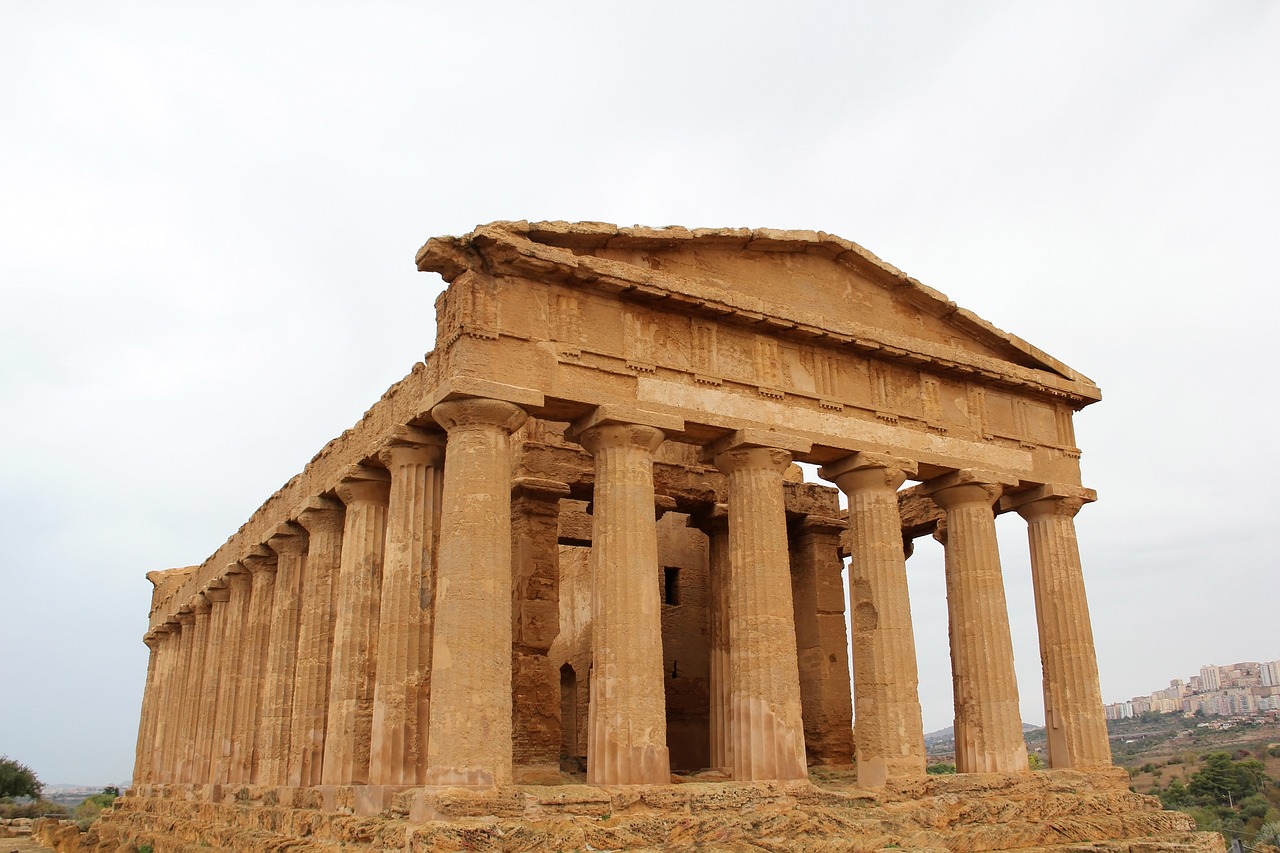Mythology
-

DIONYSUS: The God of Wine and Festivity Dionysus, also known as Bacchus, is revered as the Olympian deity of wine, vegetation, joy, revelry, and ecstasy. His portrayals vary, with depictions ranging from an elderly bearded figure to a youthful, effeminate beauty adorned with flowing hair. His most significant symbols include the thyrsos, a staff topped…
-

Ra: The Sun God of Ancient Egypt Ra, also known as Re, represents one of the most ancient and essential deities within the ancient Egyptian pantheon. Over time, this solar god became intertwined with other significant figures such as Horus, culminating in the composite deity Ra-Horakhty, which signifies the morning sun. Ra is also connected…
-

Hieroglyphic Writing: An Overview Hieroglyphic writing is a unique system that combines pictorial signs, which serve dual roles as representations of objects as well as phonetic symbols. The term “hieroglyphic,” derived from a Greek word meaning “sacred carving,” first appeared in the works of Diodorus Siculus during the 1st century BCE, although prior Greek references…
-

The tales surrounding Fionn Mac Cumhaill are deeply woven into the fabric of Irish mythology, captivating generations with stories of valor and adventure. Often associated with names like Finn McCool or Finn MacCool, Fionn’s legacies range from the enchanting Giant’s Causeway to the famed Salmon of Knowledge. This guide delves into the rich narrative, tracing…
-
Grannus: The Celtic God of Healing and Light Grannus, a significant figure in Celtic mythology, is revered as a deity associated with the sun, healing, and illumination. His worship was notably influenced by Roman culture, extending throughout Europe, with sacred sites including the renowned thermal springs of Aquisgrán in Germany. Often portrayed alongside horses and…
-
Apophis, often referred to as Apep, is recognized as the Great Serpent and the nemesis of the sun god Ra within the framework of ancient Egyptian beliefs. Ra’s formidable solar barque traversed the sky from dawn to dusk before descending into the underworld. Throughout its nightly journey, it faced attacks from Apophis, whose aim was…
-

Understanding Zeus: The Reigning Olympian Zeus, known as Jupiter or Jove, occupies the esteemed position as the King of the Gods within Greek mythology. He symbolizes power over the sky, weather, law, destiny, and kingship. He is traditionally portrayed as an imposing, dignified figure adorned with a dark beard. His quintessential symbols include the lightning…
-

Heracles, a celebrated figure from Greco-Roman mythology, is best known as the son of Zeus and Alcmene, who was a descendant of Perseus. Zeus had vowed that the next child born from the Perseid lineage would rule Greece. However, due to the jealous machinations of Hera, another child named Eurystheus was born first, seizing the…
-

While much focus is often placed on the deities of the sun in ancient Egyptian worship, the moon gods deserve equal attention. One such deity, Khonsu, has a rich history worth exploring. Initially, Thoth was the primary moon god, embodying wisdom and the passage of time; however, as Egyptian mythology progressed, Khonsu emerged as the…
-

In ancient Greece, mythology served as both a historical record and a framework for shaping political ideologies. Unlike the contemporary understanding of the term “myth,” which often implies fiction, ancient myths were considered an alternate reality. The emergence of Theseus as a prominent national figure in Athens can be traced to various historical and political…


